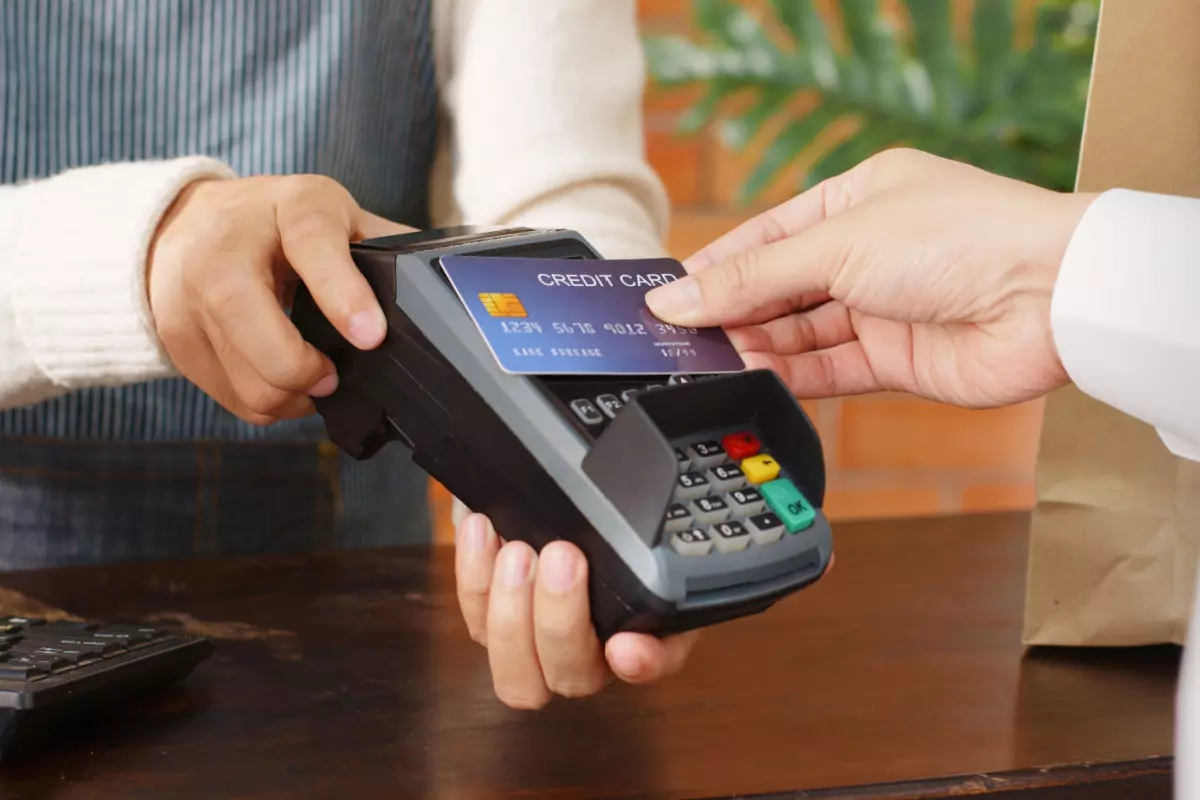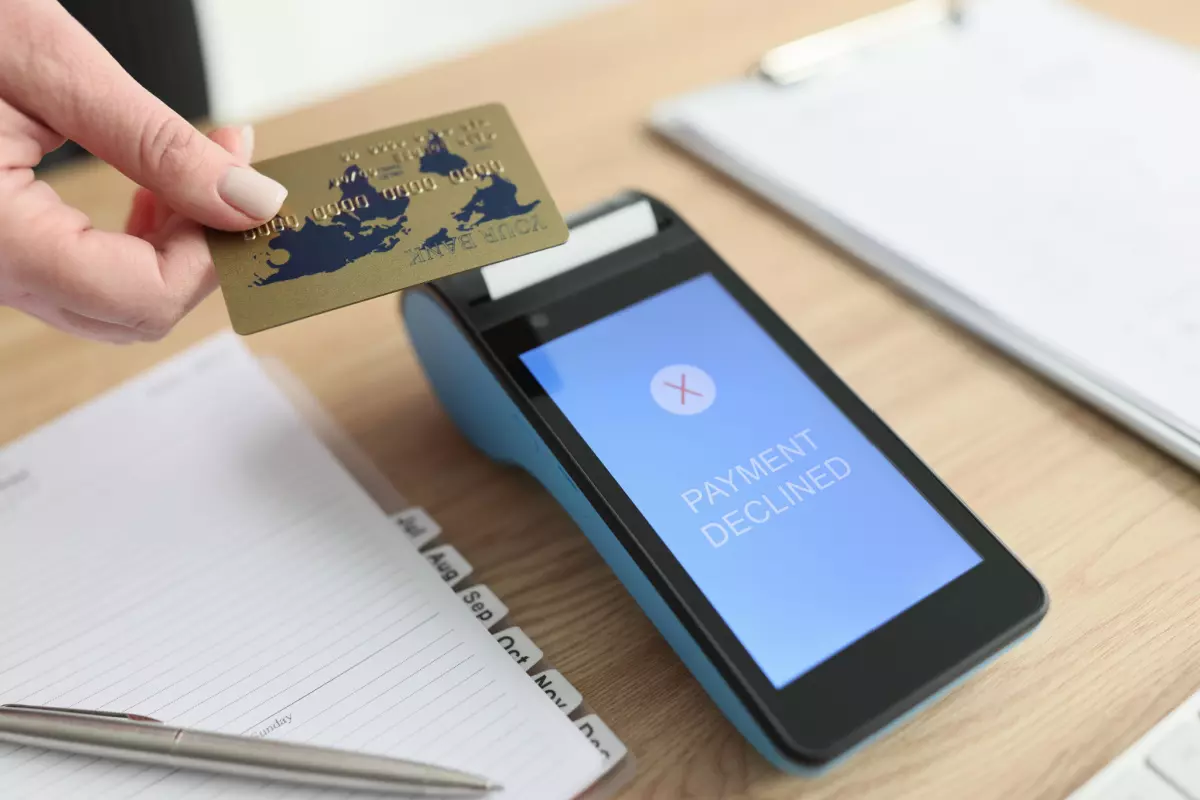How to Check if a Credit Card Is Active?
Did you know that the number of active credit cards in the U.S. is set to soar past 1.25 billion in 2023? With such a staggering figure, it’s not a stretch to say that the tiny plastic in our wallets holds a big place in our financial lives.
Yet, the ease of a quick swipe or tap depends on one key detail – whether the card is active. So, how to check if a credit card is active before heading to the checkout? This guide outlines simple but effective ways to ensure your card is ready to support your purchase anytime, anywhere.
What Is an Active Credit Card?
Understanding how to get a credit card is just the first step. An active credit card is one that is open and available for use, with its account in good standing. It’s not expired, closed, or suspended by the issuer. A bank opens a credit card by setting up a separate account with a designated credit limit, and the card must be connected to this active account to be usable.
When you first receive a credit card, it’s inactive. To activate it, you typically need to call the number on the front or back of the card or log into an online account. When a credit card is active, it can be used for in-store, online, or over-the-phone transactions.
A card may become inactive due to expiration, account closure, overdue payments, or suspected fraud. Awareness of your card’s active status and the factors that affect it helps manage your finances smoothly, ensuring a hassle-free experience with each transaction.
Methods to Check if a Credit Card Is Active
Ensuring your credit card is active before making a purchase can save you from unexpected hiccups at the payment counter. There are several methods to check if a credit card is active, each with its own steps. Here’s a breakdown of your options:
Online Banking/Official App
With digital banking being the norm, checking your credit card status online is hassle-free. You can see if a credit card is still active online with a few clicks:
- Logging into your Online Account: Access your bank’s official website or app and log in with your credentials. Ensure you have a secure Internet connection to protect your financial information.
- Checking Card Details and Status: Navigate to the credit card section to view the status and details of your card. Here, you can check if a credit card is valid and ready for use. You can also view your recent transactions, available credit, and payment due dates here. Most banks have help portals available if you need help finding the activity status of your card.
Many banks also offer the option to set up alert notifications so you’re notified if your card status changes. These notifications can also include real-time updates on transactions, payment due dates, and other card-related activities.
Calling the Customer Service Number
For those who prefer a more personalized touch, calling customer service is a straightforward approach to checking if a credit card is active. To check whether your card is active via phone, you should:
- Find the Number: Locate the customer service number on the back of your card or the issuer’s official website.
- Speak with a Representative or Use Automated Prompts: Call the number and follow the prompts or speak to an agent to check the card’s active status. Speaking directly with a representative can also provide additional information, such as your current balance or any pending authorizations on the card.
Using a Safe and Small Transaction Test
A quick and practical way to verify a credit card without charging is by making a small purchase. Execute a small transaction, like buying a coffee, to check if your credit card works.

While this is a quick and direct method, it does come with a word of caution. Multiple small transactions within a short period can sometimes be perceived as suspicious activity by the bank. Fraudsters often test stolen cards by making minor purchases to see if the card works before attempting larger transactions.
As a result, such behavior could trigger fraud alerts or temporarily freeze your card as a security measure. So, if you opt for this method, keep the transactions to a minimum to avoid any potential red flags with your bank. Bring a backup form of payment in case the card is declined to prevent any awkward situations at checkout.
Physical Bank Visit
Finally, there’s also the good old method of going to the bank. You can experience a more personalized interaction by:
- Meeting with a Representative: Visit your bank and meet with a representative who can show you how to check if a credit card is active. Make sure to carry a government-issued ID for verification purposes.
- Verifying and Ensuring the Card’s Active Status: The representative will verify the active status of your card and resolve any issues that may be preventing it from being active. They can provide immediate solutions like updating your account information or addressing any concerns that might have led to the deactivation of your card. If a card is expired or if there’s been suspected fraud, a new card may need to be issued.
Warning Signs of a Deactivated or Suspended Card
Knowing the warning signs of a deactivated or suspended card can help you take early action, keeping your financial activities smooth. Here are some indicators that might signal a problem with your card’s active status:
- Declined Transactions without Reasons. Transactions declined without an overdrawn account or expired card signal a possible deactivation.
- Alerts or Messages About Card Deactivation. Banks always communicate with the cardholder before deactivation. Before deactivation, the bank will notify you via email, text, app notification, or a physical letter.
- No Monthly Statements or Updates. If your monthly reports cease abruptly, it’s a red flag that your card may have been deactivated.
- Inability to Make Cash Advances or Balance Transfers: If you’re unable to make cash advances or balance transfers, it could be a sign that your card has been suspended or deactivated.
Being attuned to these signs will help ensure your card is ready when needed.
Why Is My Credit Card Declining?
Even with an active status, certain circumstances can lead to your credit card being declined.

Here’s a breakdown of factors that might result in a credit card decline despite it being active:
- Incorrect Payment Information: Sometimes, the decline may result from something harmless, such as incorrect card details or PIN errors.
- Reaching Your Credit Limit: Maxing out your credit limit can trigger a decline. Monitor your credit utilization ratio, keeping it below 30% to avoid negative impacts on your credit score and to ensure you have available credit when needed.
- Traveling: Banks may flag transactions from new locations as potential fraud and block the card. Inform your bank about your travel plans to ensure uninterrupted card use.
- Behind on Payments: Late payments can lead to temporary card suspension. Setting up automatic payments or reminders can help ensure you pay on time and avoid suspension.
- Large Pending Transactions: A significant pending transaction can reduce your available credit until the transaction clears. Your card might decline if you attempt additional purchases that exceed your remaining credit limit. If a pending transaction remains unprocessed for more than two days, contact your bank to understand its status.
- Expired Credit Card: An expired card will be declined for all transactions. Typically, banks send a replacement card well before the expiration date. Ensure your mailing address is updated with the bank, and activate the new card as soon as you receive it.
Checking Other Card Types: Is My Debit Card Still Active?
Credit and debit cards operate differently. Most credit card types allow borrowing up to a certain limit, while debit cards draw directly from your bank account, reflecting your real-time balance. Debit cards, as opposed to business or personal credit cards, don’t typically allow overdrafts, charge interest, or help build credit history since they don’t involve borrowing.
Checking the active status of your debit card is similar to checking the status of your credit card. Here’s a recap of how you can check the status of your debit card:
- Online or Mobile Banking: Log into your bank’s official website or mobile app using your credentials. Navigate to the debit card section to view the status and details of your card. Here, you can check if a debit card is active and ready for use.
- ATM Balance Inquiry or Withdrawal: Insert your debit card into an ATM and enter your PIN. Check your account balance or make a small cash withdrawal to verify the active status.
- Customer Service: You can contact your bank via customer service and ask them how to know if your card is activated.
- Bank Branch Visit: Similarly, you can go to a nearby branch of your bank and ask a representative to verify the active status of your debit card.
Conclusion: The Importance of Ensuring Your Card’s Active Status
Ensuring your card’s active status is a small yet significant step towards smooth financial transactions. Knowing your credit card’s readiness for use at any given time can save you from unexpected hitches. Simple checks via online banking, customer service, or even a small transaction can provide this assurance, making your financial journey seamless and worry-free.
Table of Contents
- What Is an Active Credit Card?
- Methods to Check if a Credit Card Is Active
- Online Banking/Official App
- Calling the Customer Service Number
- Using a Safe and Small Transaction Test
- Physical Bank Visit
- Warning Signs of a Deactivated or Suspended Card
- Why Is My Credit Card Declining?
- Checking Other Card Types: Is My Debit Card Still Active?
- Conclusion: The Importance of Ensuring Your Card’s Active Status